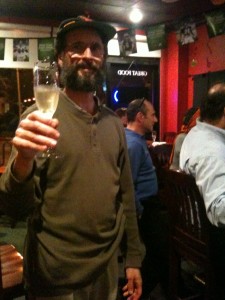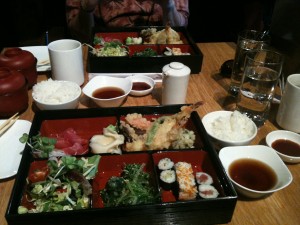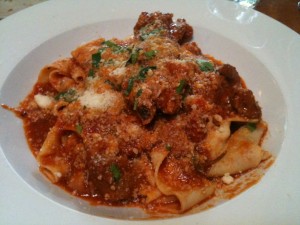
About 1968, a father starting taking his son to Giants baseball games at Candlestick Park. It was a long drive so we didn’t go that often, which made it a very special treat. I learned to root for the home team, and if they didn’t win it was a shame. I watched Willie Mays and Willie McCovey hit home runs. I learned to drop my peanut shells on the concrete, and how to watch the outfielders instead of the ball. As the years went on, the Giants continued to not win, and it was always a shame. The 1970s and 1980s were, with a few exceptions such as 1978 and 1982, a wasteland of poor teams, forgettable players, and cold night games at the Stick.
The tide began to turn in 1987, when the Giants won their division for the first time in 16 years and lost the pennant by a whisker. In 1989 they won the pennant that had eluded them since 1962, only to lose to the A’s in the earthquake Series. In 1993 the Giants did not get sold to Tampa. On 29 September 1999, I attended the last night game at the Stick (the final game, the next day, had been sold out for months). The next spring, an utterly delightful new ballpark appeared. What a spectacularly fine place to watch a ballgame. Everything that the concrete tureen of Candlestick was not.
But still we couldn’t break through. In 2002 we won the pennant again (thanks to the ridiculous rule that is the wild card), only to have the title wrenched from our grasp with eight outs to go.
And now, a group that I thought would barely make the playoffs has won it all. This little boy was moved to tears when the last batter struck out, and the Giants stormed the field in delirium. After watching my team for 42 years, they had finally done it. A generous man bought champagne for everyone at the sports bar where I was watching the game. I raised my glass and, echoing broadcaster Vin Scully’s famous proclamation in 1955, said to the room “Ladies and Gentlemen, the Giants are champions of the world.”

